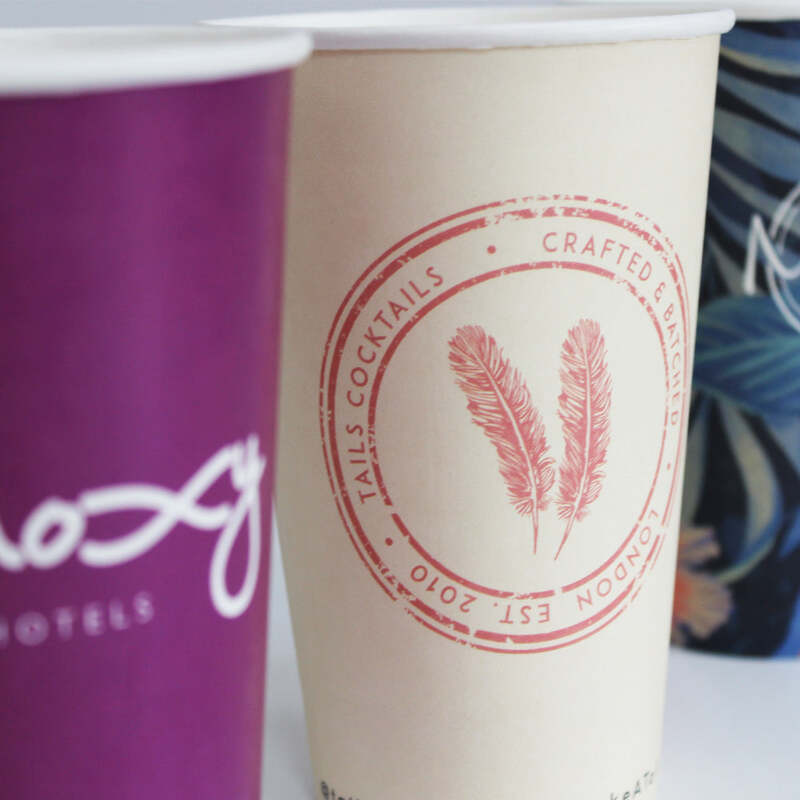The Versatile Uses of Cling Wrap A Kitchen Essential
Cling wrap, also known as plastic wrap or food wrap, has become a staple in kitchens around the world. Its versatility and convenience make it an essential tool for anyone looking to preserve food, keep items fresh, and maintain organization in their kitchen. This article delves into the various uses of cling wrap, highlighting its benefits and practical applications.
One of the primary uses of cling wrap is food preservation. When wrapped around leftovers or freshly prepared meals, it creates an airtight seal that helps prevent the entry of air and moisture. This is particularly important for perishable items, as exposure to air can lead to spoilage and loss of flavor. By using cling wrap, people can extend the life of their food, ultimately reducing waste and saving money.
In addition to preserving leftovers, cling wrap is excellent for keeping fruits and vegetables fresh. For instance, wrapping cut produce, such as avocado or cucumber, can help retain moisture and slow down the oxidation process, keeping the items from turning brown too quickly. This is especially beneficial for those who want to make their meals ahead of time or prepare snacks for the week.
Cling wrap also serves as a convenient tool for marinating foods. By tightly sealing a dish with cling wrap, flavors can be infused more deeply into the protein or vegetables. This is ideal for meats, as the marination time can be significantly reduced. Many chefs recommend wrapping marinated items in cling wrap and letting them sit in the refrigerator, allowing the acids and spices to penetrate thoroughly.
cling wrap

Beyond food preservation, cling wrap is useful in various kitchen tasks. For example, it can be used to prevent messes while cooking. Covering a microwave-safe bowl with cling wrap can prevent splatters that may occur during heating. Moreover, when working with dough, cling wrap can keep it from drying out and forming a crust while it rises. Simply covering the bowl with cling wrap is a simple yet effective way to maintain optimal dough moisture.
Another exceptional use of cling wrap is its ability to keep various items organized. For example, wrapping utensils, such as knives and forks, can help keep them together during storage or transportation. Additionally, cling wrap can be used to bundle herbs or greens, maintaining their freshness while offering a neat way to store them in the refrigerator.
Interestingly, cling wrap is not limited to food alone. It has several non-food related applications. For instance, it can be used to cover paint rollers or brushes during breaks to prevent them from drying out. It can also be used around tools for easy storage or to create temporary fixes on various items. The adhesive nature of cling wrap makes it a handy resource in many situations.
However, it is essential to use cling wrap safely. Not all cling wraps are created equal; some may not be suitable for wrapping hot foods or for use in microwaves. Always check the packaging for usage recommendations and safety guidelines to ensure that cling wrap is used effectively.
In conclusion, cling wrap is a remarkable kitchen tool that offers numerous advantages. From preserving food and preventing waste to aiding in cooking and organizing, its applications are extensive. As households continue to seek efficiency and convenience, cling wrap remains an indispensable ally in kitchens worldwide, proving that simplicity can often lead to the best solutions. So, the next time you reach for that roll of cling wrap, remember the endless possibilities it holds!



